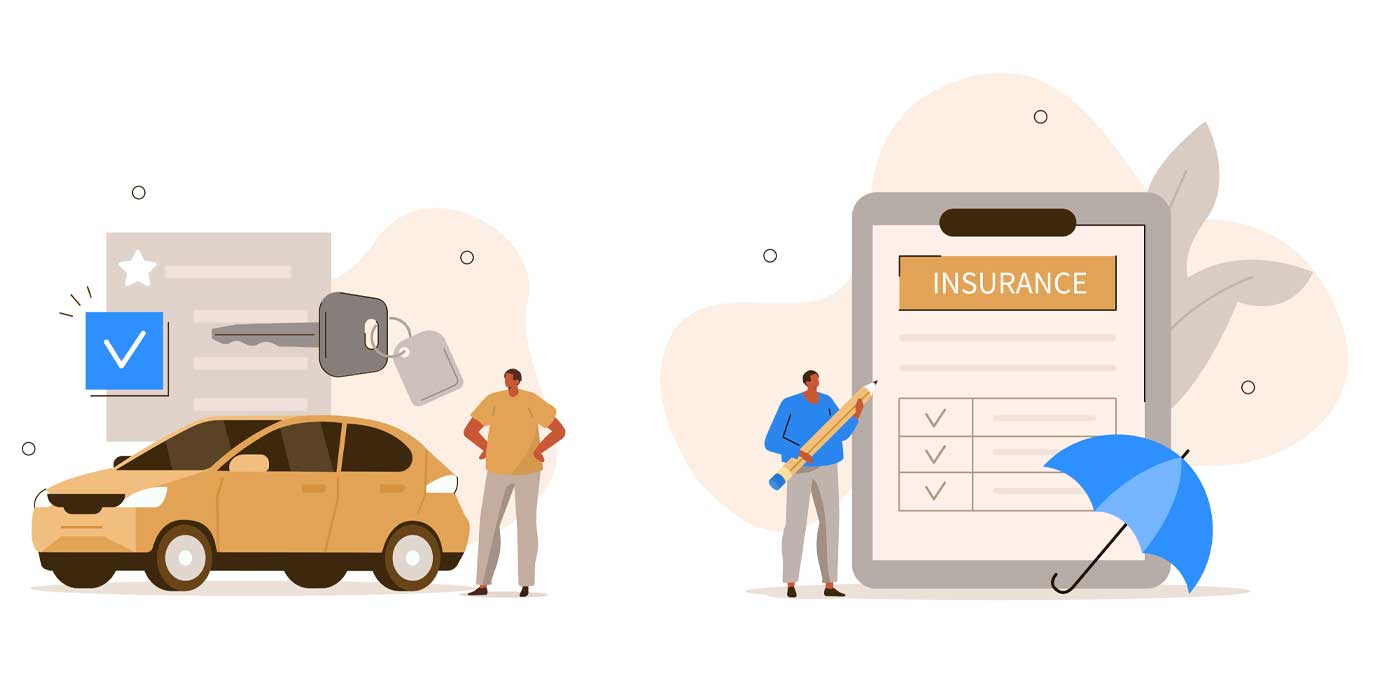Are you conducting training sessions without getting results? Are you having problems getting your team to retain information and effectively implement your processes? If you answered yes to either of these questions, you may not be presenting material in a way that triggers the memory banks of 90 percent of your team.
Keep reading. I’ll share information that will teach you to make your sessions more dynamic and engaging for 100 percent of your team so they really pay off.
Training is not one size fits all. Everyone has a dominant learning style, yet most training sessions are merely discussions, reprimands and directions. If this sounds familiar, you are missing critical elements that will stimulate each individual and lead them to much more successful learning. In order to do this, we must get familiar with the three main styles of learning. Keep in mind that no one is 100-percent one style, but each person will have a dominant method.
Visual Learners
Visual learning is the most common method. Over 70 percent of people tested and surveyed by several leading learning institutions were found to comprehend and retain information much easier through visual stimulation. This group will need to watch someone perform a task or see a great illustration to gain a full understanding and stay engaged.
Visual presentations will not only help them learn faster, but they will be able to retain more of what is being presented. If you ask a visual person to recall a situation, their brain will begin to process images, not words. This is why it is hard for a visual learner to retain information and details through listening. They need the visual images for their brain to latch onto and store for future reference. Simple discussions will not provide enough images to get long-term results.
In order to stimulate learning and retention, use vibrant visual aids like flip-charts, videos and animated power points. If you’re going to hand out reading material, make sure to include simple illustrations so they have a picture they can recall when needed. Encourage them to take notes and make sure they always have a clear view of the speaker. Have someone perform the methods or tasks being presented so the visual learner can see what is expected.
It is easy to identify a visual learner. They will watch you intently and ask for demonstrations. They will try to make eye contact so they know you are listening because to them, eye contact is the only way you can hear.
Auditory Learners
Auditory learning is the dominant method in only 10 percent of the population, so why is it so often the only style we are catering to in our meetings? I often hear managers say, “I told them all how to do it but nobody listened.” When you understand that only 10 percent learn and retain from hearing, this suddenly makes sense.
Auditory learners have a brain that works more like a recording. When you question them about the points that were made in a meeting, they will repeat the exact words used and even add in the presenter’s inflections.
Training an auditory learner is the easiest of the groups, but it isn’t about just listening to you talk. They also need to hear themselves. It is very helpful to let them repeat points back to you or read aloud. This will help them retain the information.
Keep in mind that this group has a very hard time with eye contact, so don’t assume they don’t care or aren’t listening if they aren’t looking at you. They simply rely on hearing and may even lean in to hear better.
Kinesthetic Learners
Kinesthetic learners make up about 20 percent of the population and require multi-sensory training. They will benefit from the same methods used for visual learners as long as you attach an action. If you don’t put something in their hands you will notice them fidgeting, because sitting still is uncomfortable for them.
When training kinesthetic learners, use a hands-on approach. Give them materials with blanks to fill in or questions to answer. Role-play often. The kinesthetic learners will usually be the ones volunteering to go first. The main point to remember is that you can show or tell them how to do something many times but until they actually perform the task, it has not been transferred to memory.
This group also attaches their emotions to most scenarios. It is important that they “feel” what you are presenting either physically or emotionally by relating to your stories and illustrations. It will be extremely important to connect with these individuals.
I have given you a few clues regarding how to observe and evaluate each of your trainees, but if you are still unsure of someone’s learning style, just ask. Most people know if they respond better from watching, listening or doing. As a professional trainer, I would like to give you a few additional suggestions.
Use humor. Numerous research studies validate that we pay more attention when humor is a part of the presentation. Think about your favorite lines from a movie. You know, the ones you recite to your friends and family. Now, try to remember any of the other dialogue. You probably can’t. How many times have you been listening to a speaker and find yourself ”zoned out,” only to reengage when they tell a funny story? We simply retain information that makes us laugh.
Use exercises that engage all three learning styles. For example, in our sessions we will throw a ball around the room. Whoever catches the ball, (kinesthetic) has to perform an action or recite something that was presented (auditory and visual). Then they get to pass it to whomever they want to perform next. This is a simple technique that checks every box while creating laughter and, most importantly, stimulating the memory.
We all know how limited our time is in the fixed ops world so use this information to develop the most effective meetings so each learning style can walk away with a memory bank full of great methods they can implement with ease. If you don’t have the time, hire a professional. A little extra effort and planning will really pay off.
Click here to view more solutions from Sally Whitesell and sw Service Solutions.














